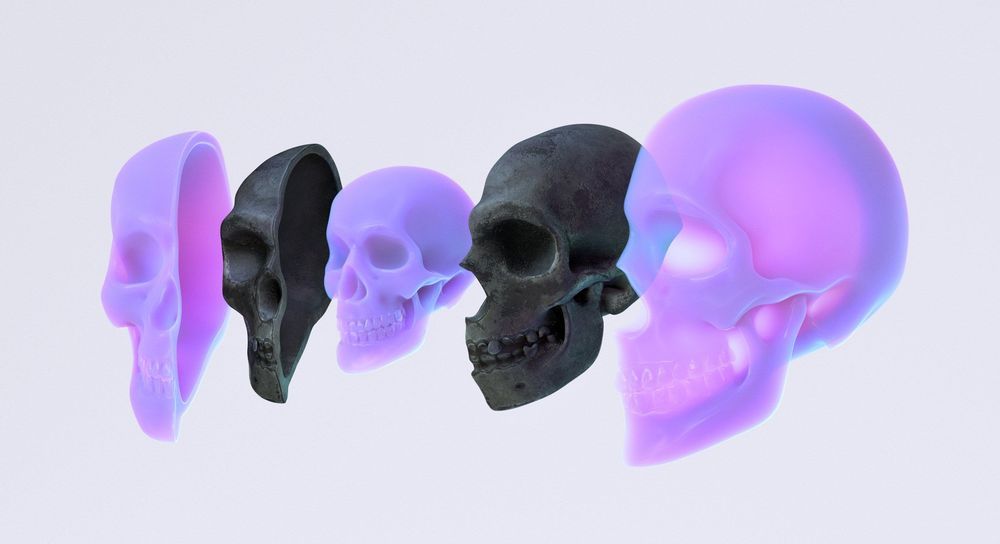Humans today are mosaics, our genomes rich tapestries of interwoven ancestries. With every fossil discovered, with every DNA analysis performed, the story gets more complex: We, the sole survivors of the genus Homo, harbor genetic fragments from other closely related but long-extinct lineages. Modern humans are the products of a sprawling history of shifts and dispersals, separations and reunions—a history characterized by far more diversity, movement and mixture than seemed imaginable a mere decade ago.
Original story reprinted with permission from Quanta Magazine, an editorially independent publication of the Simons Foundation whose mission is to enhance public understanding of science by covering research developments and trends in mathematics and the physical and life sciences.
But it’s one thing to say that Neanderthals interbred with the ancestors of modern Europeans, or that the recently discovered Denisovans interbred with some older mystery group, or that they all interbred with each other. It’s another to provide concrete details about when and where those couplings occurred. “We’ve got this picture where these events are happening all over the place,” said Aylwyn Scally, an evolutionary geneticist at the University of Cambridge. “But it’s very hard for us to pin down any particular single event and say, yeah, we’re really confident that that one happened — unless we have ancient DNA.”










Comments are closed.